Interdecadal Variations of the Midlatitude Ozone Valleys in Summer
Abstract
1. Introduction
2. Data and Method
3. Midlatitude Ozone Valleys in Summer
3.1. Zonal Asymmetry of Total Ozone
3.2. Interdecadal Variations of the Three Ozone Valleys
4. Possible Reasons for Interdecadal Variations of the Midlatitude Ozone Valleys
4.1. Solar Radiation
4.2. Pacific Decadal Oscillation
4.3. The Relationship between Global SST and Ozone Valleys
4.3.1. Extension to the Global SST
4.3.2. Remote Impact of IOB on RMI
4.3.3. Local Impact of South Pacific SST on the SWPI
5. Summary
- The zonal distribution of total ozone in the midlatitudes is non-uniform. Three clear low centers were found, located over the Tibetan Plateau, Rocky Mountains, and Southwest Pacific, respectively. The latter two are significantly weakening.
- The interdecadal variations of three ozone valleys are significantly positively correlated with the solar radiation, which might imply that the solar cycle has a relatively uniform impact on the ozone abundance in the three valley regions. However, the solar cycle has a maximum impact on the Rocky Mountains Index, and Southwest Pacific Index without any time lag, but the TIP ozone’s response to the solar cycle gets maximized by lagging two years.
- The interdecadal variation of the Southwest Pacific Index can also be controlled by the Pacific Decadal Oscillation and the South Pacific quadrupole SST. Specifically, the Pacific Decadal Oscillation has a significantly negative correlation with the Southwest Pacific Index, which might be attributed to the impact of the Pacific Decadal Oscillation on global climate reported in previous studies [75,76]. The interdecadal variation of the Southwest Pacific Index is also negatively correlated with the South Pacific quadrupole SSTAs. When the Southwest Pacific Index is in the negative phase, indicating the strong ozone valley, the local sea is anomalously warm, corresponding to a positive South Pacific quadrupole Index; and vice versa. It is speculated that warm SST enhances the local ascending motion. Air masses with low ozone concentrations are lifted, diluting high-concentration ozone at high altitudes, deepening the ozone valley over the Southwest Pacific.
- The interdecadal variation of the Rocky Mountains Index is mainly associated with the Pacific Decadal Oscillation and Indian Ocean basin SSTAs. The Pacific Decadal Oscillation has a maximum impact on ROM ozone with a lag of three years. The interdecadal variation of RMI is negatively correlated with the Indian Ocean basin Index. When the Rocky Mountains Index is in the negative (positive) phase, most of the Indian Ocean presents a positive (negative) SSTA, and the 200 hPa circulation shows a high (low) anomaly center over North America, increasing (decreasing) tropopause height, thus the total column ozone reduces (rises).
Author Contributions
Funding
Acknowledgments
Conflicts of Interest
References
- Andrews, D.G.; Leovy, C.B.; Holton, J.R. Middle Atmosphere Dynamics; Academic Press: Cambridge, MA, USA, 1987; Volume 40. [Google Scholar]
- Zhang, F.; Hou, C.; Li, J.N.; Liu, R.Q.; Liu, C.P. A simple parameterization for the height of maximum ozone heating rate. Infrared Phys. Technol. 2017, 87, 104–112. [Google Scholar] [CrossRef]
- Shi, C.; Cai, J.; Guo, D.; Ting, X.U.; Yan, L.U. Responses of stratospheric temperature and Brewer-Dobson circulation to 11-year solar cycle in boreal winter. Trans. Atmos. Sci. 2018, 41, 275–281. (In Chinese) [Google Scholar] [CrossRef]
- Fuhrer, J.; Booker, F. Ecological issues related to ozone: Agricultural issues. Environ. Int. 2003, 29, 141–154. [Google Scholar] [CrossRef]
- Andrady, A.; Aucamp, P.J.; Austin, A.T.; Bais, A.F.; Ballare, C.L.; Barnes, P.W.; Bernhard, G.H.; Bjoern, L.O.; Bornman, J.F.; Erickson, D.J.; et al. Environmental effects of ozone depletion and its interactions with climate change: Progress report, 2015. Photochem. Photobiol. Sci. 2016, 15, 141–174. [Google Scholar] [CrossRef]
- Farman, J.C.; Gardiner, B.G.; Shanklin, J.D. Large losses of total ozone in Antarctica reveal seasonal ClOx/NOx interaction. Nature 1985, 315, 207–210. [Google Scholar] [CrossRef]
- Newman, P.A.; Gleason, J.F.; McPeters, R.D.; Stolarski, R.S. Anomalously low ozone over the Arctic. Geophys. Res. Lett. 1997, 24, 2689–2692. [Google Scholar] [CrossRef]
- Solomon, S.; Haskins, J.; Ivy, D.J.; Min, F. Fundamental differences between Arctic and Antarctic ozone depletion. Proc. Natl. Acad. Sci. USA 2014, 111, 6220–6225. [Google Scholar] [CrossRef]
- Ferreira, D.; Marshall, J.; Bitz, C.M.; Solomon, S.; Plumb, A. Antarctic Ocean and sea ice response to ozone depletion: A two-time-scale problem. J. Clim. 2015, 28, 1206–1226. [Google Scholar] [CrossRef]
- Bais, A.F.; McKenzie, R.L.; Bernhard, G.; Aucamp, P.J.; Ilyas, M.; Madronich, S.; Tourpali, K. Ozone depletion and climate change: Impacts on UV radiation. Photochem. Photobiol. Sci. 2015, 14, 19–52. [Google Scholar] [CrossRef]
- Zhou, X.; Luo, C.; Li, W.; Shi, J. The change of total ozone in China and the low value center of the Tibetan Plateau. Chin. Sci. Bull. 1995, 40, 1396–1398. (In Chinese) [Google Scholar] [CrossRef]
- Zou, H. Seasonal variation and trends of TOMS ozone over Tibet. Geophys. Res. Lett. 1996, 23, 1029–1032. [Google Scholar] [CrossRef]
- Zou, H.; Gao, Y.; Zhou, L. Low total column ozone over large mountains and heating fields. Clim. Environ. Res. 1998, 3, 18–26. (In Chinese) [Google Scholar]
- Bian, J.C.; Wang, G.C.; Chen, H.B.; Qi, D.L.; Lu, D.; Zhou, X.J. Ozone mini-hole occurring over the Tibetan Plateau in December 2003. Chin. Sci. Bull. 2006, 51, 885–888. [Google Scholar] [CrossRef][Green Version]
- Guo, D.; Wang, P.; Zhou, X.; Liu, Y.; Li, W. Dynamic effects of the South Asian high on the ozone valley over the Tibetan Plateau. Acta Meteorol. Sin. 2012, 26, 216–228. [Google Scholar] [CrossRef]
- Guo, D.; Su, Y.; Shi, C.; Xu, J.; Powell, A.M. Double core of ozone valley over the Tibetan Plateau and its possible mechanisms. J. Atmos. Sol. Terr. Phys. 2015, 130, 127–131. [Google Scholar] [CrossRef]
- Ye, Z.; Xu, Y. Climate characteristics of ozone over Tibetan Plateau. J. Geophys. Res. Atmos. 2003, 108, 4654. [Google Scholar] [CrossRef]
- Tian, W.; Chipperfield, M.; Huang, Q. Effects of the Tibetan Plateau on total column ozone distribution. Tellus Ser. B Chem. Phys. Meteorol. 2008, 60, 622–635. [Google Scholar] [CrossRef]
- Bian, J.; Yan, R.; Chen, H.; Lu, D.; Massie, S.T. Formation of the summertime ozone valley over the Tibetan Plateau: The Asian summer monsoon and air column variations. Adv. Atmos. Sci. 2011, 28, 1318–1325. [Google Scholar] [CrossRef]
- Su, S.; Wang, W. The relation between the total ozone variation in Asis and the South Asian Aigh. J. Yunnan Univ. Nat. Sci. Ed. 2000, 22, 293–296. (In Chinese) [Google Scholar] [CrossRef]
- Zhou, R.; Chen, Y. Characteristics of ozone change over the Tibetan Plateau and Iranian Plateau and its relationship with South Asia High. J. Univ. Sci. Technol. Chin. 2005, 35, 899–908. (In Chinese) [Google Scholar] [CrossRef]
- Liu, Y.; Li, W. Deepening of ozone valley over Tibetan Plateau and its possible influences. Acta Meteorol. Sin. 2001, 59, 97–106. (In Chinese) [Google Scholar] [CrossRef]
- Zhou, L.; Zou, H.; Ma, S.; Li, P. The Tibetan ozone low and its long-term variation during 1979–2010. Acta Meteorol. Sin. 2013, 27, 75–86. [Google Scholar] [CrossRef]
- Zhang, J.; Tian, W.; Xie, F.; Tian, H.; Luo, J.; Zhang, J.; Liu, W.; Dhomse, S. Climate warming and decreasing total column ozone over the Tibetan Plateau during winter and spring. Tellus Ser. B Chem. Phys. Meteorol. 2014, 66, 23415. [Google Scholar] [CrossRef]
- Zhang, J.; Tian, W.; Wang, Z.; Xie, F.; Wang, F. The influence of ENSO on northern midlatitude ozone during the winter to spring transition. J. Clim. 2015, 28, 4774–4793. [Google Scholar] [CrossRef]
- Liu, Y.; Li, W.; Zhou, X.; He, J. Mechanism of formation of the ozone valley over the Tibetan Plateau in summer—Transport and chemical process of ozone. Adv. Atmos. Sci. 2003, 20, 103–109. [Google Scholar] [CrossRef]
- Liu, Y.; Wang, Y.; Liu, X.; Cai, Z.N.; Chance, K. Tibetan middle tropospheric ozone minimum in June discovered from GOME observations. Geophys. Res. Lett. 2009, 36. [Google Scholar] [CrossRef]
- Su, Y.; Guo, D.; Guo, S.; Shi, C.; Liu, R.; Liu, Y.; Song, L.; Xu, J. Ozone trends over the Tibetan Plateau in the next 100 years and their possible mechanism. Trans. Atmos. Sci. 2016, 39, 309–317. (In Chinese) [Google Scholar] [CrossRef]
- Guo, D.; Su, Y.; Zhou, X.; Xu, J.; Shi, C.; Liu, Y.; Li, W.; Li, Z. Evaluation of the trend uncertainty in summer ozone valley over the Tibetan Plateau in three reanalysis datasets. J. Meteorol. Res. 2017, 31, 431–437. [Google Scholar] [CrossRef]
- Liu, Y.; Li, W.; Zhou, X. A possible effect of heterogeneous reactions on the formation of ozone valley over the Tibetan Plateau. Acta Meteorol. Sin. 2010, 68, 836–846. (In Chinese) [Google Scholar] [CrossRef]
- Wan, L.; Guo, D.; Liu, R.; Shi, C.; Su, Y. Evaluation of the WACCM3 performance on simulation of the double core of ozone valley over the Qinghai-Xizang Plateau in summer. Plat. Meteorol. 2017, 36, 57–66. (In Chinese) [Google Scholar] [CrossRef]
- Chehade, W.; Weber, M.; Burrows, J. Total ozone trends and variability during 1979–2012 from merged data sets of various satellites. Atmos. Chem. Phys. 2014, 14, 7059–7074. [Google Scholar] [CrossRef][Green Version]
- Anwar, F.; Chaudhry, F.N.; Nazeer, S.; Zaman, N.; Azam, S. Causes of ozone layer depletion and its effects on human. Atmos. Clim. Sci. 2015, 6, 129–134. [Google Scholar] [CrossRef][Green Version]
- Lee, C.; Kim, Y.J.; Tanimoto, H.; Bobrowski, N.; Platt, U.; Mori, T.; Yamamoto, K.; Hong, C.S. High ClO and ozone depletion observed in the plume of Sakurajima volcano, Japan. Geophys. Res. Lett. 2005, 32, L21809. [Google Scholar] [CrossRef]
- Boichu, M.; Oppenheimer, C.; Roberts, T.J.; Tsanev, V.; Kyle, P.R. On bromine, nitrogen oxides and ozone depletion in the tropospheric plume of Erebus volcano (Antarctica). Atmos. Environ. 2011, 45, 3856–3866. [Google Scholar] [CrossRef]
- Shi, R.; Zhou, S.; Sun, J.; Guo, D.; Huang, Y. Variation features of total ozone depletion over the Tibetan Plateau and its responds to solar activity. J. Yunnan Univ. Nat. Sci. Ed. 2017, 39, 78–87. (In Chinese) [Google Scholar] [CrossRef]
- Jiao, B.; Su, Y.; Guo, S.; Guo, D.; Shi, C.; Li, Q.; Cang, Z.; Fu, S. Distribution of ozone valley and its relationship with solar radiation over the Qinghai-Tibetan Plateau. Plat. Meteorol. 2017, 36, 1201–1208. (In Chinese) [Google Scholar] [CrossRef]
- Baldwin, M.P.; Gray, L.J.; Dunkerton, T.J.; Hamilton, K.; Haynes, P.H.; Randel, W.J.; Holton, J.R.; Alexander, M.J.; Hirota, I.; Horinouchi, T. The quasi-biennial oscillation. Rev. Geophys. 2001, 39, 179–229. [Google Scholar] [CrossRef]
- Han, S.; Huang, F.; Chen, X.; Xia, X. Analysis of total ozone trends and their affecting factors over the North Pacific Ocean. Chin. J. Geophys. 2016, 59, 3974–3984. (In Chinese) [Google Scholar] [CrossRef]
- Nowack, P.J.; Braesicke, P.; Abraham, N.L.; Pyle, J.A. On the role of ozone feedback in the ENSO amplitude response under global warming. Geophys. Res. Lett. 2017, 44, 3858–3866. [Google Scholar] [CrossRef]
- Tweedy, O.V.; Waugh, D.W.; Randel, W.J.; Abalos, M.; Oman, L.D.; Kinnison, D.E. The impact of boreal summer ENSO events on tropical lower stratospheric ozone. J. Geophys. Res. Atmos. 2018, 123, 9843–9857. [Google Scholar] [CrossRef]
- Dragani, R. On the quality of the ERA-Interim ozone reanalyses: Comparisons with satellite data. Q. J. R. Meteorol. Soc. 2011, 137, 1312–1326. [Google Scholar] [CrossRef]
- Guo, S.; Li, C.; Guo, Y.; Chen, Y.; Zhang, X.; Li, H.; Li, H.; Chang, Y. Trends of atmospheric ozone over the Northern Hemisphere in the past 33 years. J. Trop. Meteorol. 2014, 30, 319–326. (In Chinese) [Google Scholar] [CrossRef]
- Anton, M.; Mateos, D. Shortwave radiative forcing due to long-term changes of total ozone column over the Iberian Peninsula. Atmos. Environ. 2013, 81, 532–537. [Google Scholar] [CrossRef]
- Xie, F.; Li, J.P.; Tian, W.S.; Zhang, J.K.; Shu, J.C. The impacts of two types of El Nino on global ozone variations in the last three decades. Adv. Atmos. Sci. 2014, 31, 1113–1126. [Google Scholar] [CrossRef]
- Nath, O.; Sridharan, S.; Gadhavi, H. Equatorial stratospheric thermal structure and ozone variations during the sudden stratospheric warming of 2013. J. Atmos. Sol. Terr. Phys. 2015, 122, 129–137. [Google Scholar] [CrossRef]
- Malik, A.; Brönnimann, S.; Perona, P. Statistical link between external climate forcings and modes of ocean variability. Clim. Dyn. 2018, 50, 3649–3670. [Google Scholar] [CrossRef]
- Li, X.; Tu, S. Characteristics of solar activity and its possible relationship with East Asian summer monsoon. Appl. Ecol. Environ. Res. 2019, 17, 4067–4080. [Google Scholar] [CrossRef]
- Bruevich, E.A.; Bruevich, V.V.; Yakunina, G.V. Changed relation between solar 10.7-cm radio flux and some activity indices which describe the radiation at different altitudes of atmosphere during cycles 21–23. J. Astrophys. Astron. 2014, 35, 1–15. [Google Scholar] [CrossRef]
- Jadin, E.A.; Wei, K.; Zyulyaeva, Y.A.; Chen, W.; Wang, L. Stratospheric wave activity and the Pacific Decadal Oscillation. J. Atmos. Sol. Terr. Phys. 2010, 72, 1163–1170. [Google Scholar] [CrossRef]
- Woo, S.H.; Sung, M.K.; Son, S.W.; Kug, J.S. Connection between weak stratospheric vortex events and the Pacific Decadal Oscillation. Clim. Dyn. 2015, 45, 3481–3492. [Google Scholar] [CrossRef]
- Rao, J.; Ren, R.C.; Xia, X.; Shi, C.H.; Guo, D. Combined impact of El Nino-southern oscillation and pacific decadal oscillation on the northern winter stratosphere. Atmosphere 2019, 10, 211. [Google Scholar] [CrossRef]
- Rao, J.; Garfinkel, C.I.; Ren, R.C. Modulation of the northern winter stratospheric El Nino-southern oscillation teleconnection by the PDO. J. Clim. 2019, 32, 5761–5783. [Google Scholar] [CrossRef]
- Rayner, N.A.; Parker, D.E.; Horton, E.B.; Folland, C.K.; Alexander, L.V.; Rowell, D.P.; Kent, E.C.; Kaplan, A. Global analyses of sea surface temperature, sea ice, and night marine air temperature since the late nineteenth century. J. Geophys. Res. Atmos. 2003, 108, 4407. [Google Scholar] [CrossRef]
- Fioletov, V.E. Estimating the 27-day and 11-year solar cycle variations in tropical upper stratospheric ozone. J. Geophys. Res. Atmos. 2009, 114, D02303. [Google Scholar] [CrossRef]
- Chiodo, G.; Marsh, D.R.; Garcia-Herrera, R.; Calvo, N.; Garcia, J.A. On the detection of the solar signal in the tropical stratosphere. Atmos. Chem. Phys. 2014, 14, 5251–5269. [Google Scholar] [CrossRef]
- Rao, J.; Yu, Y.; Guo, D.; Shi, C.; Chen, D.; Hu, D. Evaluating the Brewer–Dobson circulation and its responses to ENSO, QBO, and the solar cycle in different reanalyses. Earth Planet. Phys. 2019, 3, 166–181. [Google Scholar] [CrossRef]
- Newman, M.; Alexander, M.A.; Ault, T.R.; Cobb, K.M.; Deser, C.; di Lorenzo, E.; Mantua, N.J.; Miller, A.J.; Minobe, S.; Nakamura, H.; et al. The Pacific decadal oscillation, revisited. J. Clim. 2016, 29, 4399–4427. [Google Scholar] [CrossRef]
- Meehl, G.A.; Hu, A.X. Megadroughts in the Indian monsoon region and southwest North America and a mechanism for associated multidecadal Pacific sea surface temperature anomalies. J. Clim. 2006, 19, 1605–1623. [Google Scholar] [CrossRef]
- Dai, A. The influence of the inter-decadal Pacific oscillation on US precipitation during 1923–2010. Clim. Dyn. 2013, 41, 633–646. [Google Scholar] [CrossRef]
- Mendoza, V.M.; Oda, B.; Garduno, R.; Villanueva, E.E.; Adem, J. Simulation of the PDO effect on the North America summer climate with emphasis on Mexico. Atmos. Res. 2014, 137, 228–244. [Google Scholar] [CrossRef]
- Chylek, P.; Dubey, M.K.; Lesins, G.; Li, J.; Hengartner, N. Imprint of the Atlantic multi-decadal oscillation and Pacific decadal oscillation on southwestern US climate: Past, present, and future. Clim. Dyn. 2014, 43, 119–129. [Google Scholar] [CrossRef]
- Deser, C.; Alexander, M.A.; Xie, S.-P.; Phillips, A.S. Sea surface temperature variability: Patterns and mechanisms. Annu. Rev. Mar. Sci. 2010, 2, 115–143. [Google Scholar] [CrossRef] [PubMed]
- Newman, M.; Compo, G.P.; Alexander, M.A. ENSO-forced variability of the Pacific decadal oscillation. J. Clim. 2003, 16, 3853–3857. [Google Scholar] [CrossRef]
- Schneider, N.; Cornuelle, B.D. The forcing of the Pacific decadal oscillation. J. Clim. 2005, 18, 4355–4373. [Google Scholar] [CrossRef]
- Newman, M. Interannual to decadal predictability of tropical and North Pacific sea surface temperatures. J. Clim. 2007, 20, 2333–2356. [Google Scholar] [CrossRef]
- Xie, F.; Li, J.P.; Zhang, J.K.; Tian, W.S.; Hu, Y.Y.; Zhao, S.; Sun, C.; Ding, R.Q.; Feng, J.; Yang, Y. Variations in North Pacific sea surface temperature caused by Arctic stratospheric ozone anomalies. Environ. Res. Lett. 2017, 12, 114023. [Google Scholar] [CrossRef]
- Zhang, J.K.; Tian, W.S.; Xie, F.; Sang, W.J.; Guo, D.; Chipperfield, M.; Feng, W.H.; Hu, D.Z. Zonally asymmetric trends of winter total column ozone in the northern middle latitudes. Clim. Dyn. 2019, 52, 4483–4500. [Google Scholar] [CrossRef]
- Saji, N.; Goswami, B.; Vinayachandran, P.; Yamagata, T. A dipole mode in the tropical Indian Ocean. Nature 1999, 401, 360–363. [Google Scholar] [CrossRef]
- Ding, R.Q.; Li, J.P.; Tseng, Y.H. The impact of South Pacific extratropical forcing on ENSO and comparisons with the North Pacific. Clim. Dyn. 2015, 44, 2017–2034. [Google Scholar] [CrossRef]
- Yang, J.; Liu, Q.; Liu, Z.; Wu, L.; Huang, F. Basin mode of Indian Ocean sea surface temperature and Northern Hemisphere circumglobal teleconnection. Geophys. Res. Lett. 2009, 36, L19705. [Google Scholar] [CrossRef]
- Ding, Q.H.; Wang, B. Circumglobal teleconnection in the Northern Hemisphere summer. J. Clim. 2005, 18, 3483–3505. [Google Scholar] [CrossRef]
- Wang, F.; Liu, Z.; Notaro, M. Extracting the dominant SST modes impacting North America’s observed climate. J. Clim. 2013, 26, 5434–5452. [Google Scholar] [CrossRef]
- Varotsos, C.; Cartalis, C.; Vlamakis, A.; Tzanis, C.; Keramitsoglou, I. The long-term coupling between column ozone and tropopause properties. J. Clim. 2004, 17, 3843–3854. [Google Scholar] [CrossRef]
- Wang, L.; Chen, W.; Huang, R. Interdecadal modulation of PDO on the impact of ENSO on the east Asian winter monsoon. Geophys. Res. Lett. 2008, 35, L20702. [Google Scholar] [CrossRef]
- Kren, A.C.; Marsh, D.R.; Smith, A.K.; Pilewskie, P. Wintertime Northern Hemisphere response in the stratosphere to the Pacific Decadal Oscillation using the Whole Atmosphere Community Climate Model. J. Clim. 2016, 29, 1031–1049. [Google Scholar] [CrossRef]
- Hsu, H.H.; Chen, Y.L. Decadal to bi-decadal rainfall variation in the western Pacific: A footprint of South Pacific decadal variability? Geophys. Res. Lett. 2011, 38. [Google Scholar] [CrossRef]
- Kerr, R.A. A North Atlantic climate pacemaker for the centuries. Science 2000, 288, 1984–1985. [Google Scholar] [CrossRef]
- Chipperfield, M.P.; Bekki, S.; Dhomse, S.; Harris, N.R.P.; Hassler, B.; Hossaini, R.; Steinbrecht, W.; Thieblemont, R.; Weber, M. Detecting recovery of the stratospheric ozone layer. Nature 2017, 549, 211–218. [Google Scholar] [CrossRef]
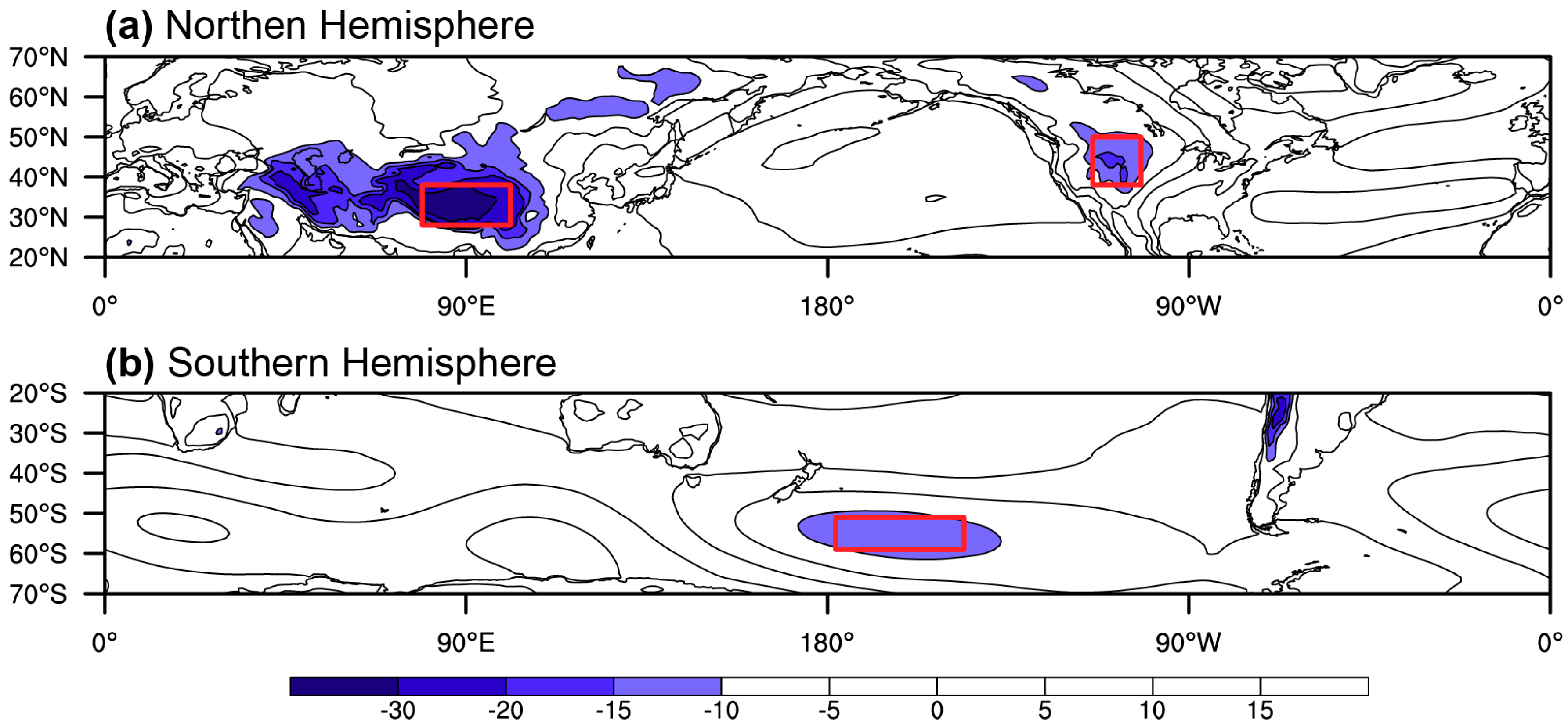
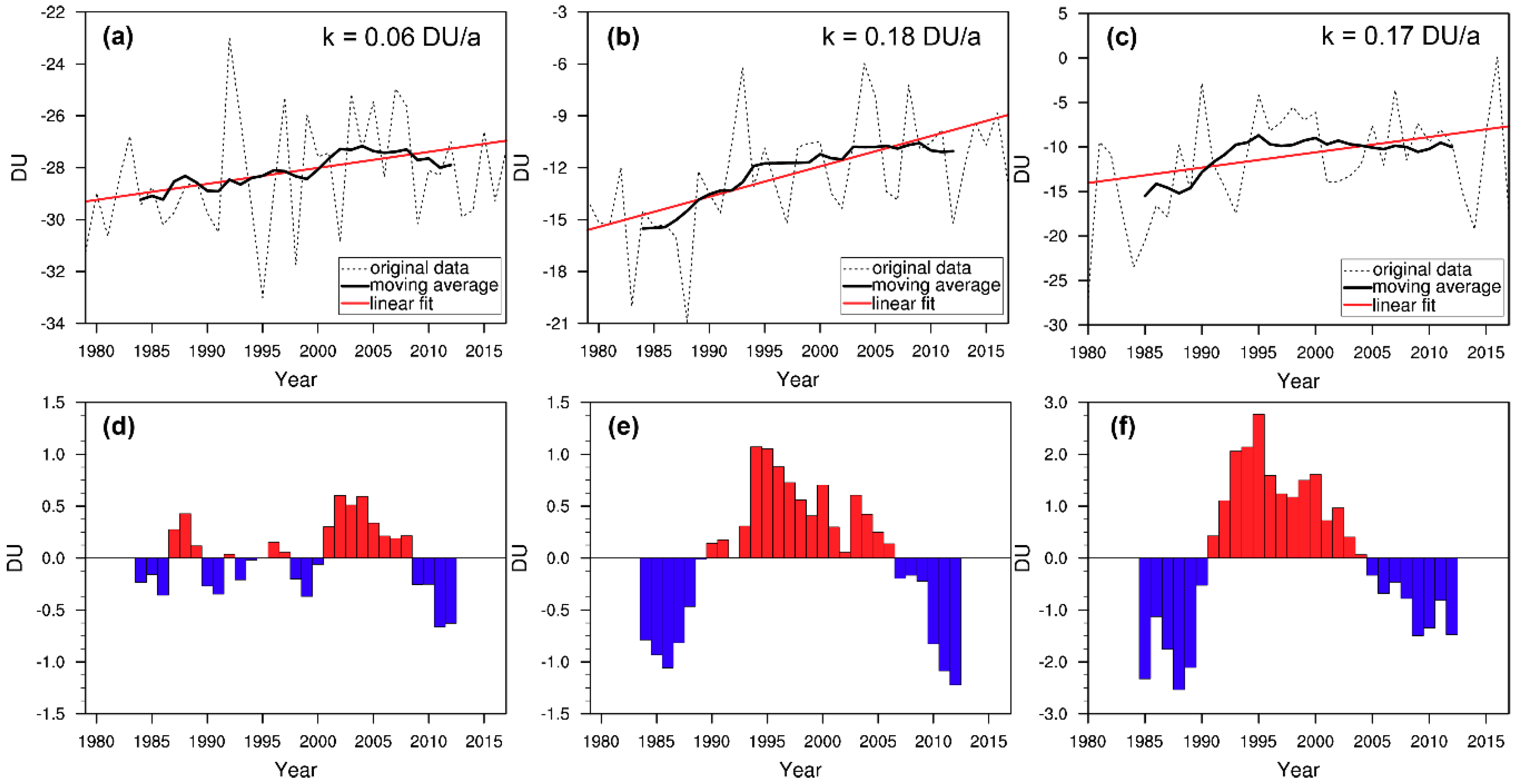
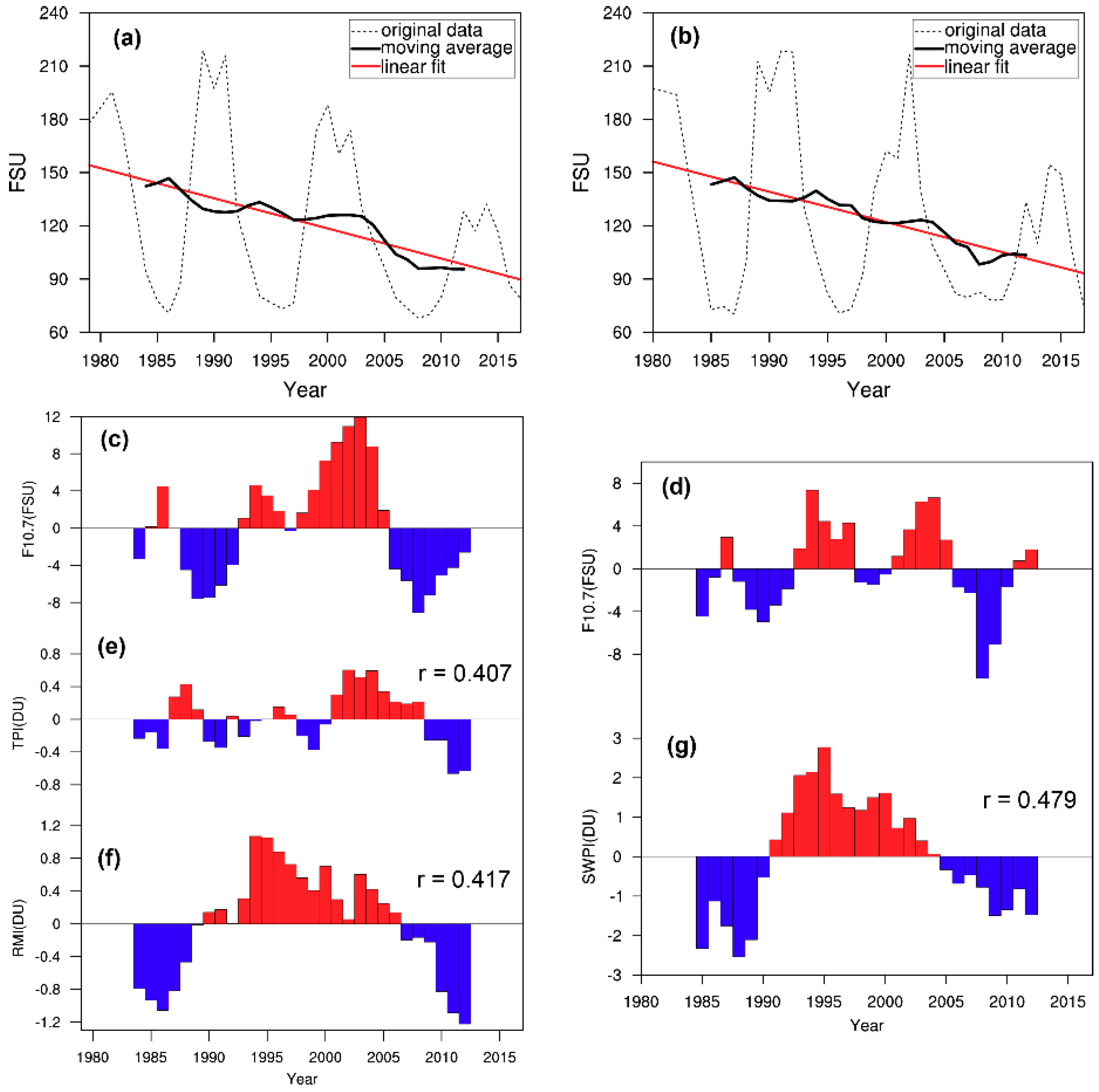

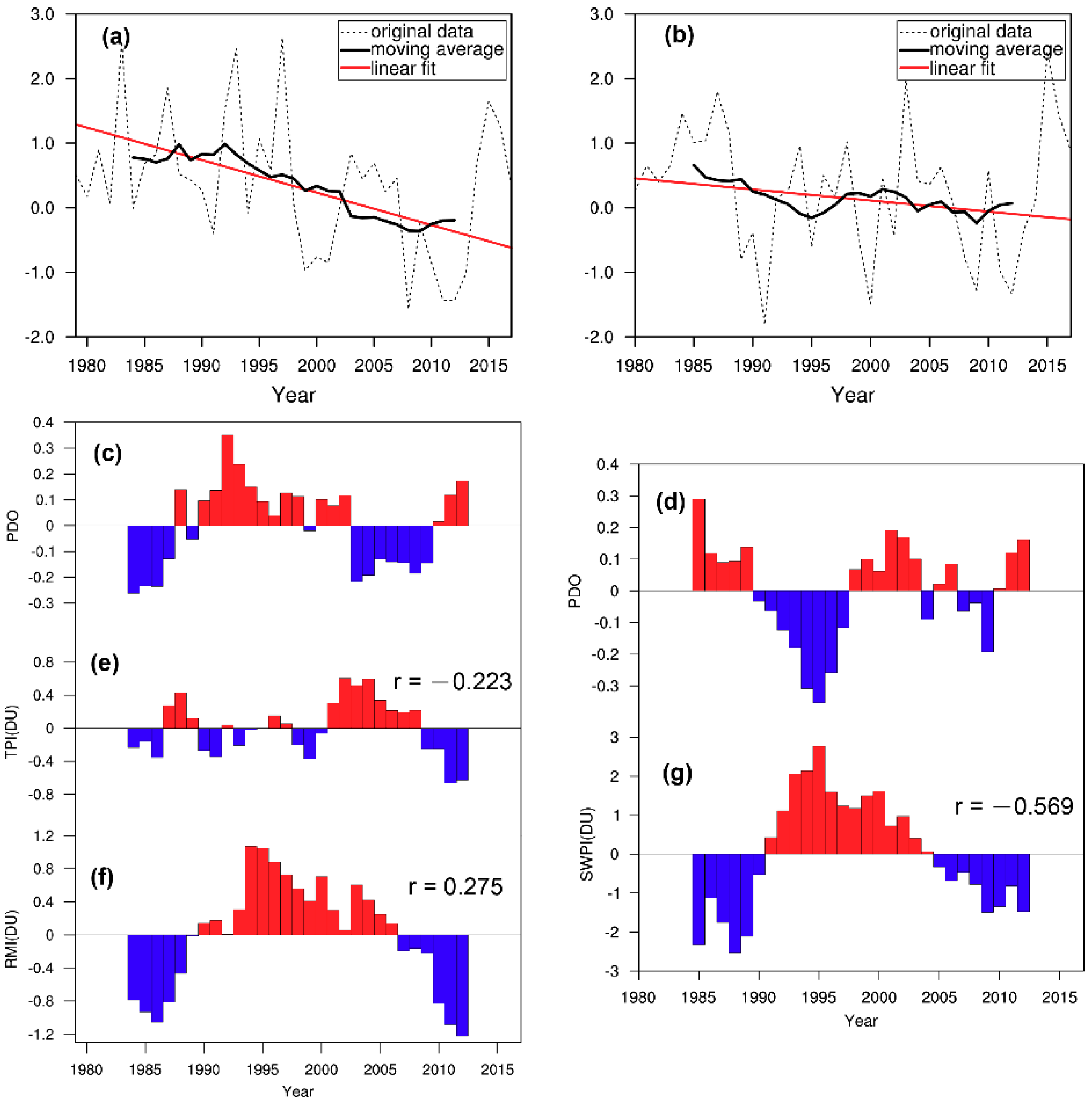

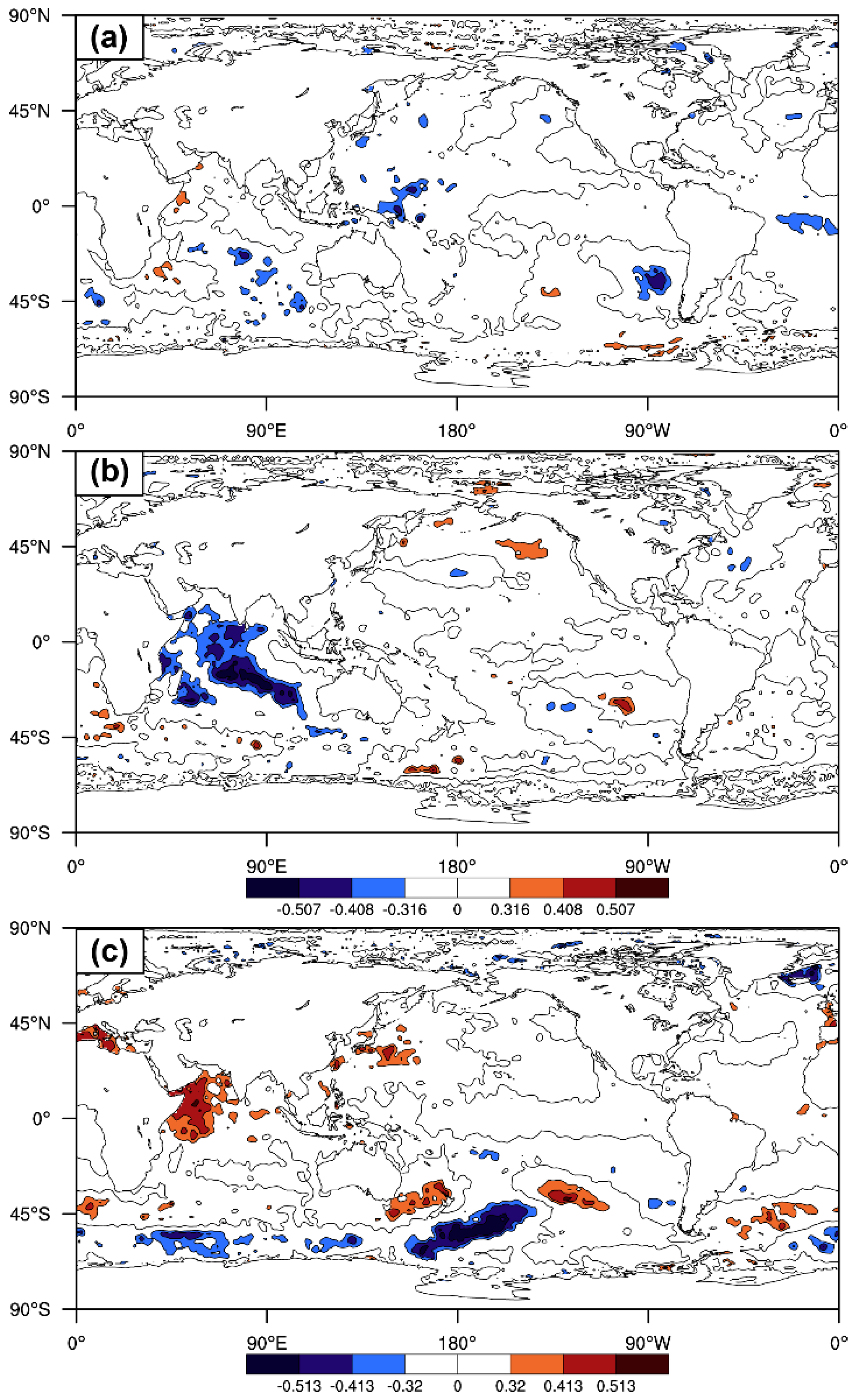
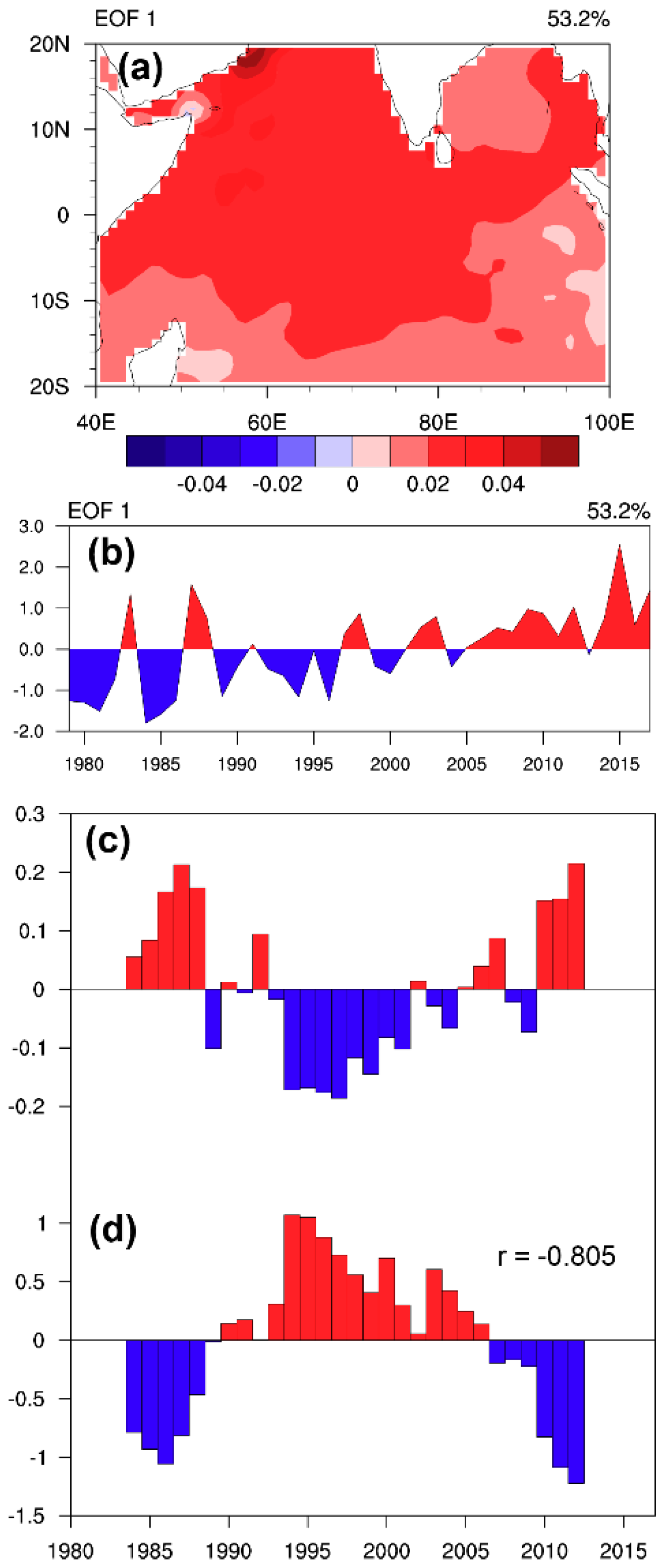
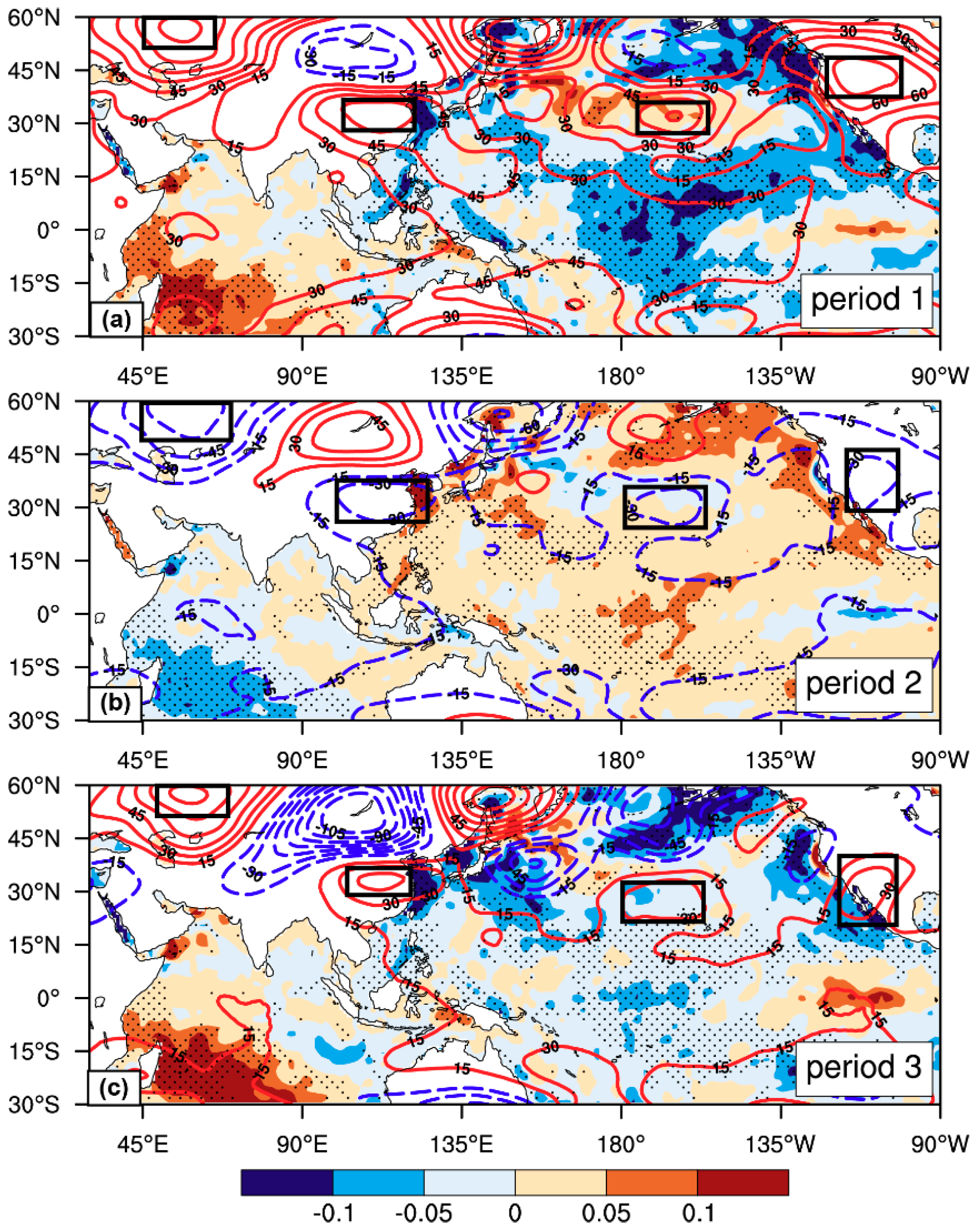
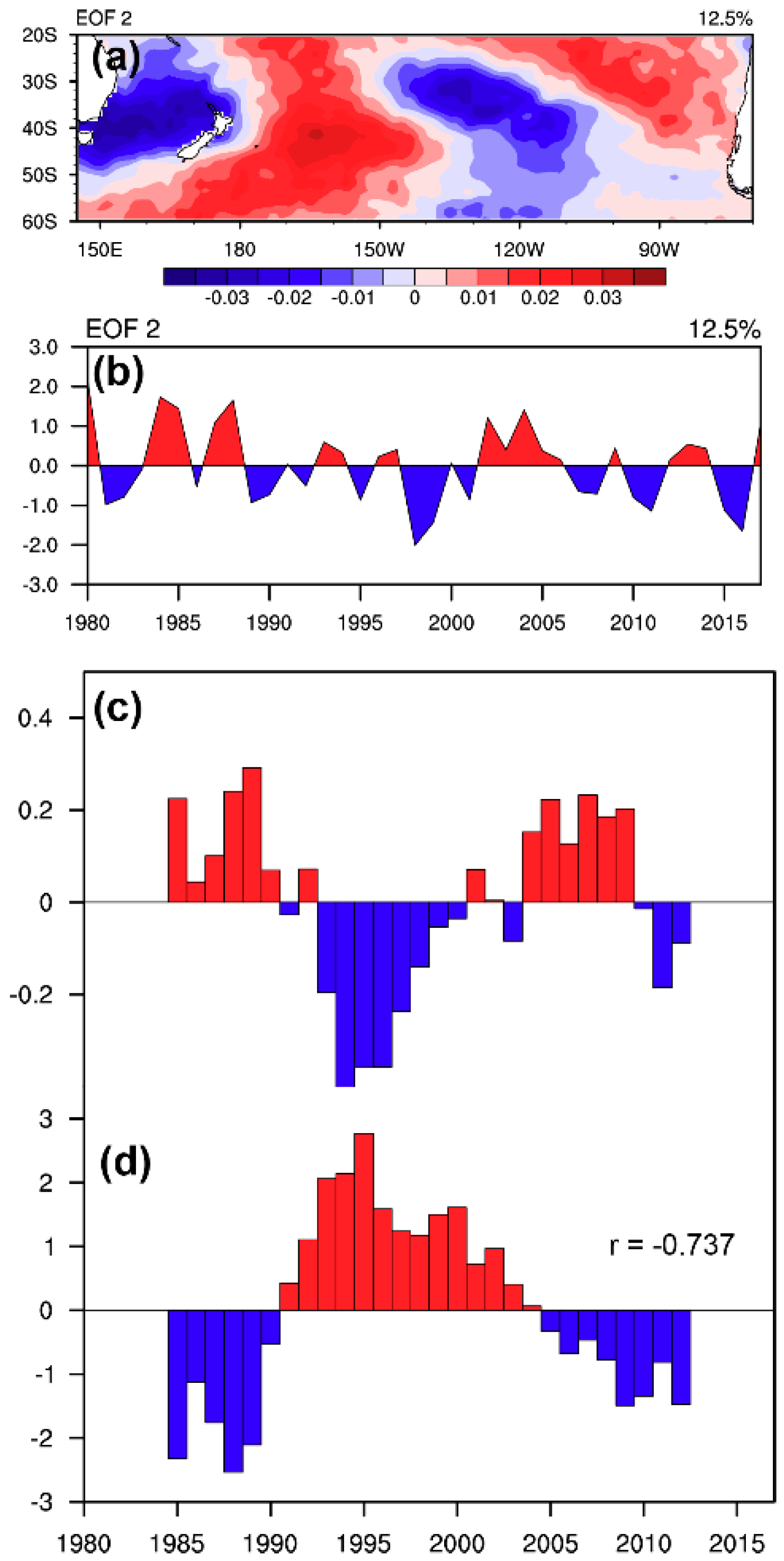
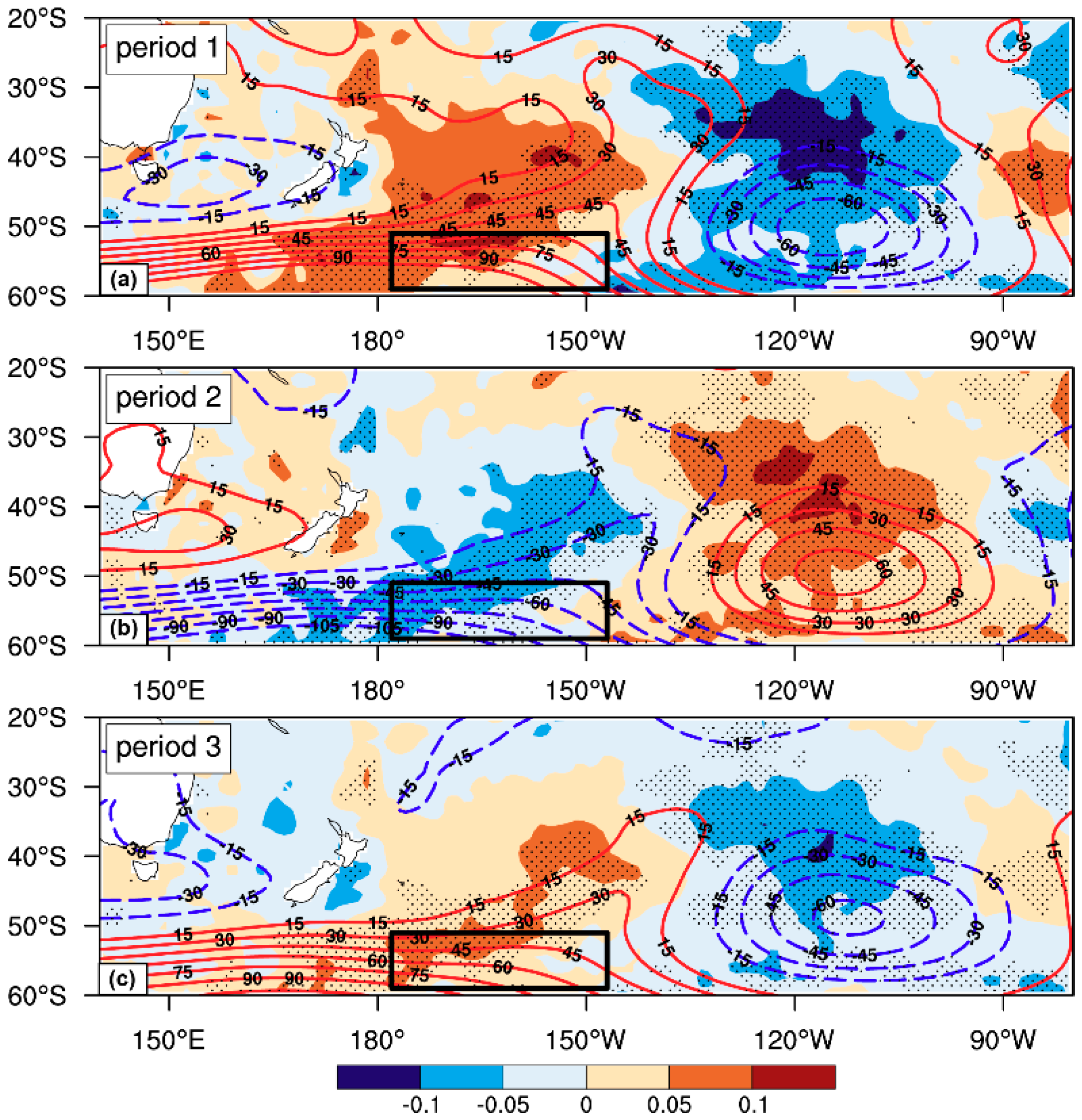
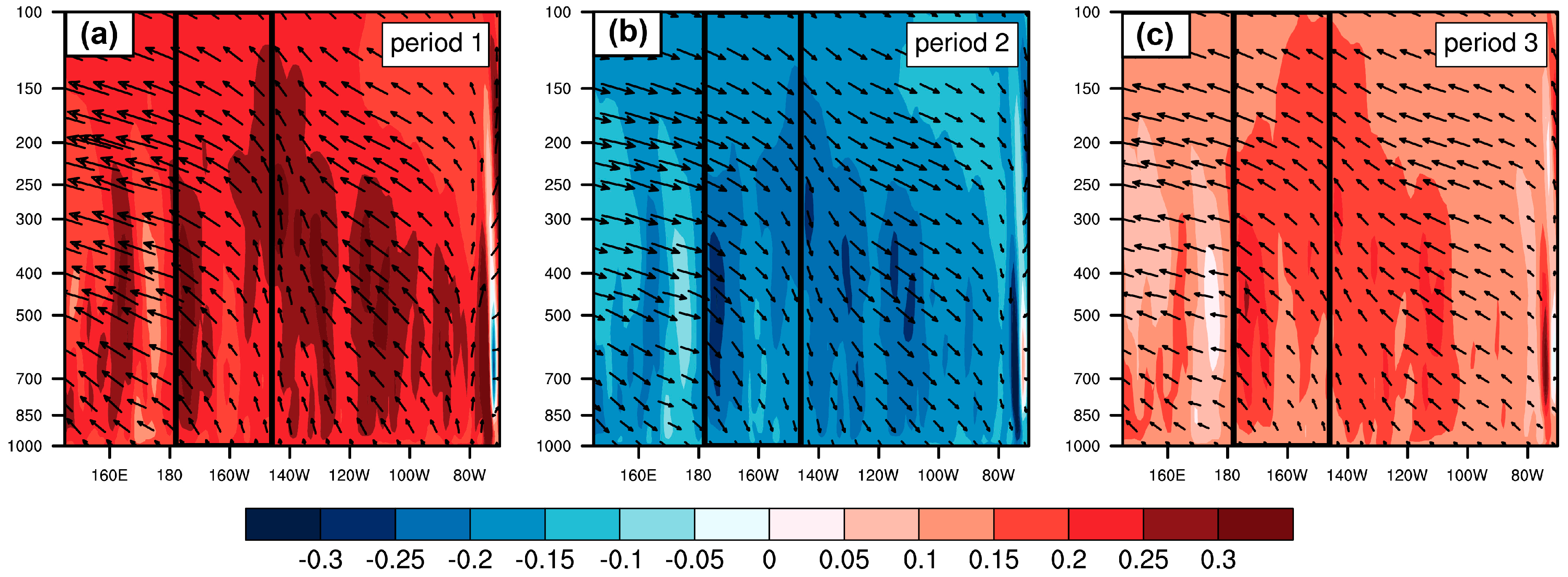
© 2019 by the authors. Licensee MDPI, Basel, Switzerland. This article is an open access article distributed under the terms and conditions of the Creative Commons Attribution (CC BY) license (http://creativecommons.org/licenses/by/4.0/).
Share and Cite
Zhang, Z.; Rao, J.; Guo, D.; Zhang, W.; Li, L.; Tang, Z.; Shi, C.; Su, Y.; Zhang, F. Interdecadal Variations of the Midlatitude Ozone Valleys in Summer. Atmosphere 2019, 10, 677. https://doi.org/10.3390/atmos10110677
Zhang Z, Rao J, Guo D, Zhang W, Li L, Tang Z, Shi C, Su Y, Zhang F. Interdecadal Variations of the Midlatitude Ozone Valleys in Summer. Atmosphere. 2019; 10(11):677. https://doi.org/10.3390/atmos10110677
Chicago/Turabian StyleZhang, Zhiming, Jian Rao, Dong Guo, Wenhui Zhang, Liping Li, Zhou Tang, Chunhua Shi, Yucheng Su, and Fuying Zhang. 2019. "Interdecadal Variations of the Midlatitude Ozone Valleys in Summer" Atmosphere 10, no. 11: 677. https://doi.org/10.3390/atmos10110677
APA StyleZhang, Z., Rao, J., Guo, D., Zhang, W., Li, L., Tang, Z., Shi, C., Su, Y., & Zhang, F. (2019). Interdecadal Variations of the Midlatitude Ozone Valleys in Summer. Atmosphere, 10(11), 677. https://doi.org/10.3390/atmos10110677






